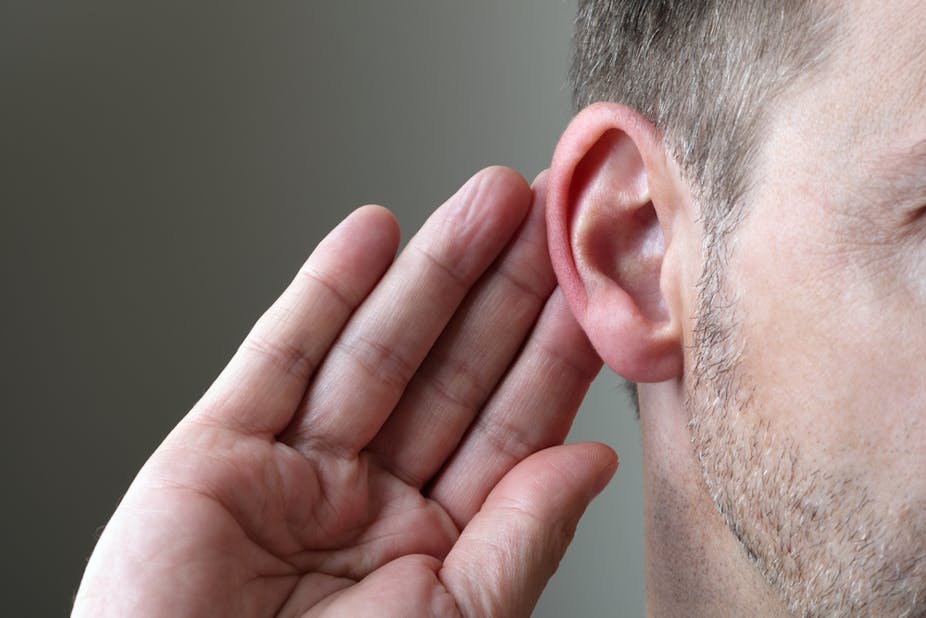Australian researchers have uncovered the mechanism by which a rare genetic mutation causes premature deafness in people in their early twenties, paving the way for early detection for this type of hearing loss.
Around one in six Australians has some form of hearing loss, with prevalence rates much higher among the elderly. However, it is unclear how many people have this particular genetic mutation.
Researchers first identified the genetic mutation – known as SERPINB6 – in 2010 but until now, it was unclear what caused the hearing loss.
The joint Monash/University of Melbourne study was published this week in the American Journal of Pathology.
Using mice which were genetically modified to carry the SEPINB6 mutation, the researchers found that once the mice hit adolescence, the sensory hair cells in the inner ear began to degrade.
A group of tiny, specialised cells called fibrocytes, also began to wear out. These fibrocytes are responsible for generating the power needed in the inner ear to detect sound.
“What we found was that, interestingly, the mice start to lose hearing at three weeks of age, which is equivalent to teenage years in humans,” said Dr Justin Tan, researcher at the University of Melbourne’s Department of Otolaryngology and lead author of the study.
“This is unusual because most people show gradual signs of age-related hearing loss from 60 years of age onwards but mutations in SERPINB6 accelerate this process,” he said.
As the mice aged, their hearing continued to deteriorate. This is consistent with the patterns of human hearing loss from the original 2010 study.
The next step in the team’s research is to work out whether carriers of the SERPINB6 mutation can become deaf due to environmental influences.
Dr Tan suspects it might be through exposure to traumatic or loud noise which people are exposed to at music venues, festivals or even listening to MP3 players.
To test this hypothesis, Dr Tan’s team will expose mice carrying the SERPINB6 gene to loud noise to see if this increases their susceptibility to hearing loss.
Another piece of the puzzle
Associate Professor Martin Delatycki, Clinical Geneticist and Director of the Bruce Lefroy Centre for Genetic Health Research at Murdoch Children’s Research Institute, said the research was important because it added to our knowledge of the causes of deafness.
“Deafness is extraordinarily complex genetically; there are hundreds of different genes that can be faulty to cause deafness,” he said. “In most individuals with deafness, we can’t put our finger on the cause – it’s actually the exception rather than the rule that we can do it.”
Because of this, Prof Delatycki said deafness was an ideal candidate to use the latest genetic technologies that could test hundreds of genes relatively cheaply to find the cause of deafness in more people.
“If you knew that someone was at risk for that, and you could find a way of introducing healthy copies of the gene, you could prevent the deafness ever occurring, which is much more likely to succeed than reversing problems that are already there,” he said.
This is still quite a few years away, Prof Delatycki said, “but there’s enormous amounts of research trying to develop that sort of technology”.
Disability researcher and Academic Director at the University of New England Stephen Winn said the research was of value to the small number of people in the community affected by the mutation.
“If you’re someone who is in an occupation, a profession, who lives in a household with extended members of the family and has dependent children, to lose your hearing has a serious, significant impact on your social engagement, your family relationships and the like,” he said.
Prof Winn said it was important to note this genetic mutation was different to Connexin 26 which is one of the leading causes of profound, hereditary deafness.

